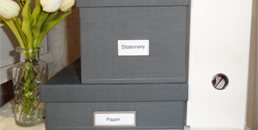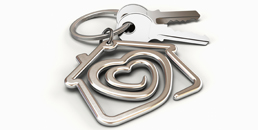by Natalie Morey | Sep 11, 2023 | Declutter tips, Home Organisation
- Set aside a dedicated time to declutter your garage, such as a weekend or a few evenings. This will allow you to focus on the task at hand without interruption.
- Start by removing everything from your garage and sorting it into different categories. This can include categories such as tools, sports equipment, gardening supplies and holiday decorations.
- Get rid of items that you no longer need or use. If something has been unused for over a year, it’s likely that you can do without it. Consider donating or selling items that are still in good condition.
- Invest in storage solutions such as shelves, cabinets and hooks to help keep your garage organised. This will allow you to keep items off the floor and create designated spaces for different categories of items.
- Group similar items together to make them easier to find. For example, keep all your gardening tools in one area and all your sports equipment in another.
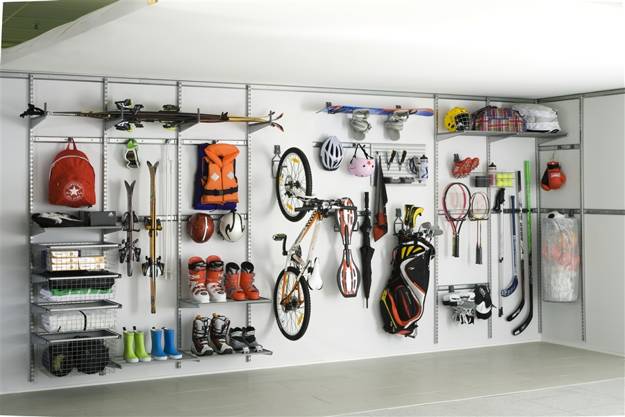
- Make use of vertical space by hanging items on the walls or from the ceiling. This can include things like bicycles, ladders and tools. Utilise wall-mounted storage systems or install pegboards to maximize storage space.
- Label storage containers and shelves to make it easier to find what you need. This will help prevent items from getting misplaced or forgotten about.
- Take advantage of wall space by installing hooks or racks to hang items such as shovels, rakes and brooms. This will keep them off the floor and free up space.
- Create a designated workspace or area for specific activities, such as a workbench for DIY projects or a space for gardening. This will help keep your garage organised and make it easier to find and store the necessary tools and equipment.
- Regularly maintain and clean your garage to prevent clutter from building up again. Dedicate a few minutes each week to organising and tidying up, so you can enjoy a clutter-free space
by Natalie Morey | Jul 6, 2016 | Declutter tips, Home Organisation, Tips
Decluttering doesn’t have to be difficult. In fact, decluttering can be made really simply. Below is a list of common items found in most homes that we don’t need. So, set some time aside and start your declutter. You may even like to declutter one of these items each day. It won’t take long and best of all, by doing this it will help clear the clutter in your home.
- Hangers from the drycleaners
- Plastic shopping bags
- Old makeup you haven’t worn in ages
- Shoes that aren’t comfortable
- Clothes that are stained
- Old electrical appliances
- Cables from electrical items you no longer use
- Warranty manuals written in foreign languages
- Cookbooks you never use
- Complicated recipes you will never cook
- Books you will never re-read
- Bad photos
- Junk mail
- Old newspapers
- Out of date medicine
Once you have done your declutter you then need to make sure you deal with the items. Some drycleaners will reuse the hangers. So put them in your car and drop them off next time you are out. You might be able to drop off your old cookbooks at a local charity. Again, put them in your car, ready to be dropped off. The rest of the items will probably just go straight into the rubbish bin. Just don’t get into the habit of leaving the items at the front door ready to take out next time you go. Somehow they always seem to make their way back into the house (I have seen this happen all the time with clients).
If you complete this list of 15 things to declutter now, you are on the way to having a clutter free home.
Your clutter is our business. The Lifestylers Group is a professional organising service that specialises in decluttering and organising homes (bedrooms, kids bedrooms, kitchens, pantry’s, offices and garages) and life’s in Melbourne, Sydney, Brisbane and Perth.

by Natalie Morey | Jun 3, 2016 | Home Organisation
I have met Peter Walsh a number of times and have heard him speak on all things decluttering and organising. It’s great to see an Aussie be so successful in the USA especially on a topic that I am so passionate about also. He is a lovely, down to earth guy who has some very practical tips to help you declutter and get organised. Decluttering the Peter Walsh way is fun and an easy process. After watching him on the Living Room, it got me inspired so I have included a couple of my favourite Peter Walsh declutter tips below. I hope you find them useful too.
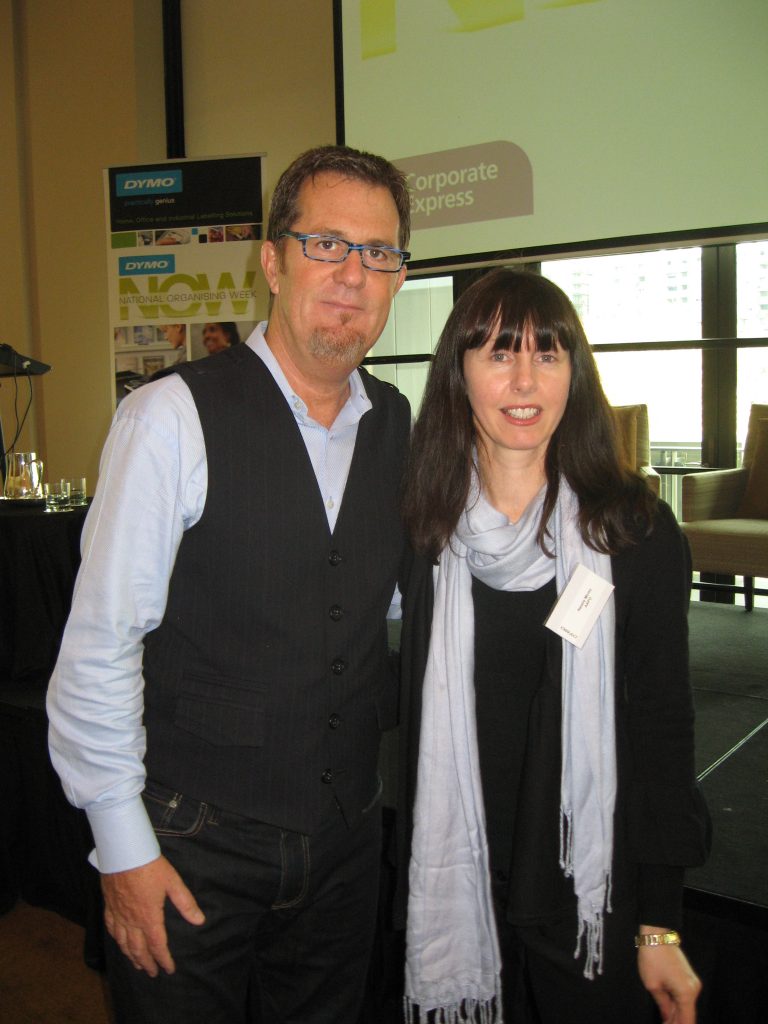
Peter Walsh with Natalie Morey, Professional Organiser, The Lifestylers Group
He once said that “the secret to successful decluttering is this: you’ll never get organized if you don’t have a vision for the life you want”. This is so true. People have got to want to change the way they do things. They need to have a goal in mind about how they want that space to work. When I start working with a client, I get them to stand in the room and tell me how they would like to see it. It helps them develop a vision and get them motivated for the declutter process.
Another point that I think is really important to mention is that a large portion of why people need help to declutter and get organised is that they have developed bad habits. The kitchen table becomes the dumping ground for your bag, the mail and anything else you bring into the house. That pile of newspapers sits on the bench because you plan to read them at some point. When we do a declutter session with our clients we spend some time talking about this, because it’s important that people start to identify how and why the clutter is building up in their home.
Decluttering the Peter Walsh Way – The Linen Press
I love Peter Walsh’s brilliantly simple linen system. To store his white sheets, he the folds fitted sheet, top sheet, and extra pillowcases inside a pillowcase of the same set. Needless to say, he never has to ransack his linen press for an elusive match.
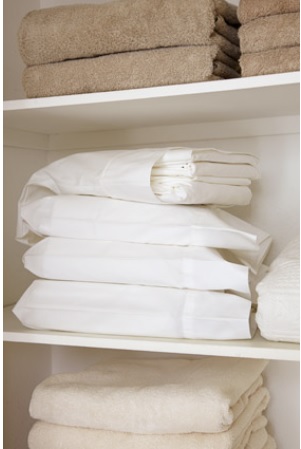
Decluttering a Linen Press
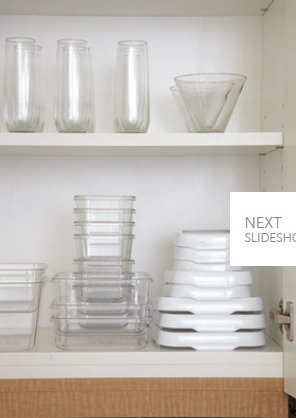
Decluttering the Kitchen
Image Credit: Photo: David Tsay
Decluttering the Peter Walsh Way – Plastic Food Storage Containers
To avoid accumulating a draw full of mismatched plastic containers in ten colours, Peter Walsh uses just one brand of food storage container so lids will always fit. He stacks just a few sizes in a cabinet for easy access.
However, if you don’t want to have the cost of replacing all of your plastic containers at once start with this declutter tip. It’s one of the first things I do when I am decluttering plastic containers in a client’s kitchen. Match up all the containers and get rid of any that don’t have any lids. I cannot tell you how many times I find tones of missing lids in client’s homes. They clutter up the cupboard and just get moved from one spot to another, because you can never find the matching lid. Once you have done this, stack them neatly inside each other to save space.

Decluttering your wardrobe
Decluttering the Peter Walsh Way – Wardrobe Decluttering: Reverse Coat Hanger Trick
Turn all the clothes hanging in your wardrobe so that the hangers face back-to-front. For the next six months, if you wear an item of clothing, return it to the wardrobe with the hanger facing the correct way. If you try it on but decide not to wear it, make sure you put it back with the hanger turned backward. No cheating. Be prepared for a shock; you are going to find you own lots of clothes you never wear. You should seriously consider decluttering and getting rid of anything you don’t wear regularly.
I love this quote by Peter Walsh: “Set limits for the amount of space you’re prepared to dedicate to items i.e. clothes, toys etc. – and stick to those limits. Three bins for toys, four shelves for baby cloths. Kids only need you, not all the stuff you feel attracted to”.
Keeping toys organised is a big problem many of our clients face. I am a big believer of the principal “one in” “one out” when it comes to containing the amount of “stuff” you have . So next time your child is given a toy, select an existing toy that you can donate to charity and know that you will be giving it to a child less fortunate than yours.
If you need help with your decluttering and home organising, then contact The Lifestylers Group. Based in Melbourne, we are experts at helping people to declutter and organise their homes, lives and houses.
by Natalie Morey | Sep 24, 2012 | Declutter tips, Home Organisation, Tips
Organizing Your Recipes Could Not Be Easier
I love these organising tips from an old Notebook magazine that I was flicking through. There are some great tips on how to organise your recipe collection. I thought that they might be useful for you too. Use lever arch folders and divide up with tabs for different sections i.e. Meat, seafood, dessert.
You might also want to make a section and file your weekly meal planners, that I mentioned in a previous blog too.
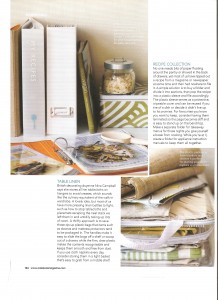
Organise, cull and sort your recipes
Until next time, happy organising.
Natalie Morey, Professional Organiser
by Natalie Morey | Sep 22, 2012 | Declutter tips, Home Organisation
Save Time and Get Organised With a Weekly Menu Planner
If you are struggling to plan weekly meals then this menu planner is perfect for you. This menu planner is a great resource and will save you lots of time and help you get organised for the week. It will free up your time to do the things you love.
7 Day Meal Planner
The 7 day Meal Planner has room for breakfast, lunch, dinner and snacks. Use it as a family meal planner, plan for healthy meals, specific allergies and more. The planner will save you lots of stress. Once you’ve planned the meals for the week you can use the “Shopping List” to list down the groceries to buy and head to the shops. For more information on the Otto menu planners click on this link:
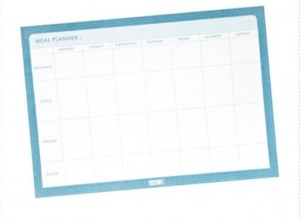
Remember, to keep the weekly menu planners after the week has finished. They can be re-used every couple of weeks, which saves you even more time. If your kids think they are mini master chefs, then get them to do a day or two of the menu planning. They could also help with the shopping or preparation of the food. If it’s their great idea, they are more likely to eat the food.
As professional organisers, we love anything that saves us time and stress. We hope that you find this handy meal planner useful.
Until next time, happy organising.
Natalie Morey, Professional Organiser










